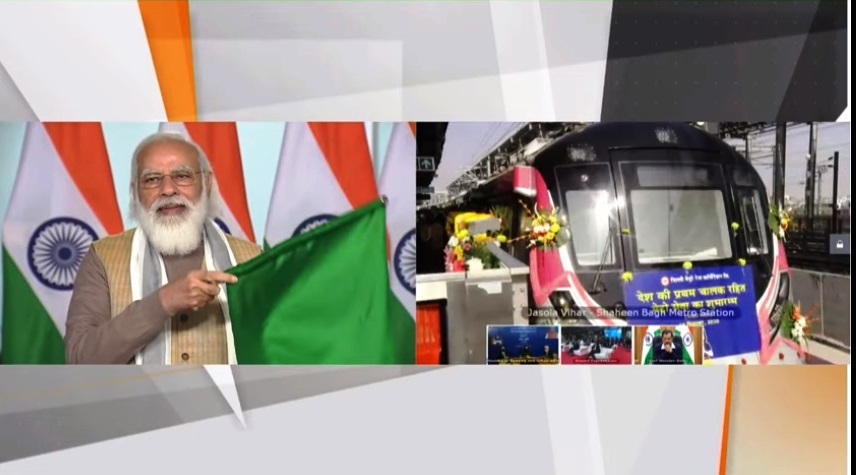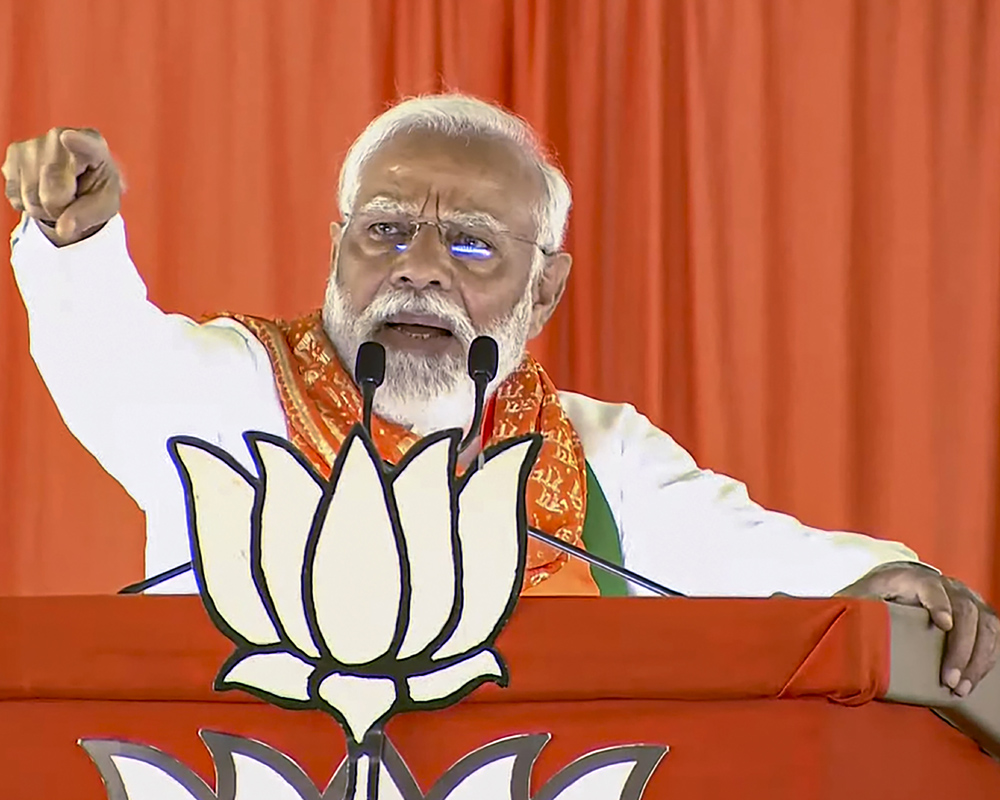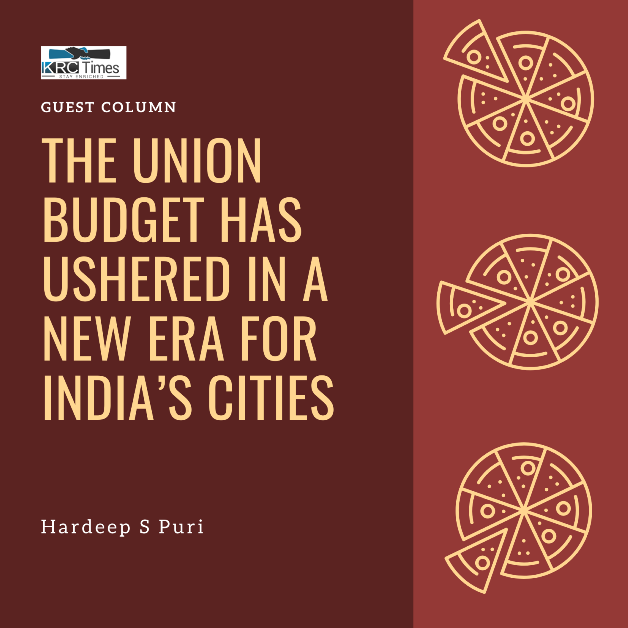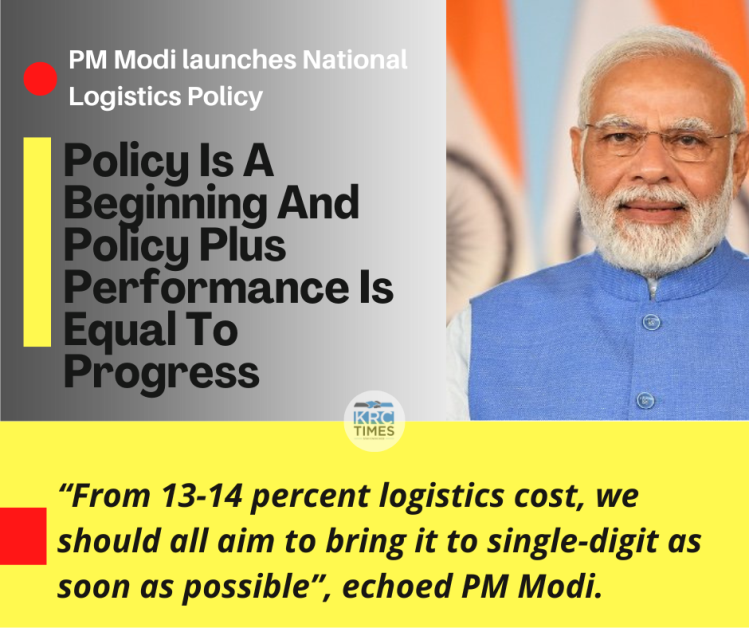In 2014, only 5 cities had metro rail and today, metro rail is available in 18 cities. By the year 2025, we are going to expand it to more than 25 cities: PM Modi
 KRC TIMES Desk
KRC TIMES Desk

Also inaugurates fully operational National Common Mobility Card service on the Airport Express Line
Prime Minister Narendra Modi inaugurated India’s first-ever driverless train operations on Delhi Metro’s Magenta Line today virtually through Video Conference. The National Common Mobility Card was expanded to the Airport Express Line of Delhi Metro, which was started in Ahmedabad last year. Union Minister Hardeep Puri and Chief Minister of Delhi, Arvind Kejriwal were present on the occasion.

Prime Minister termed today’s event as an attempt to make urban development future ready. He said unlike this, modern thinking says that urbanization should not be seen as a challenge but used as an opportunity to build better infrastructure in the country, an opportunity through which we can enhance Ease of Living. He added that in 2014, only 5 cities had metro rail and today, metro rail is available in 18 cities. By the year 2025, we are going to expand it to more than 25 cities. In 2014, only 248 km of metro lines were operational in the country and today it is about three times, more than 700 kilometers. By the year 2025, we are trying to expand it to 1700 km. He stressed that these are not just figures, they are proof of ease of living in the lives of crores of Indians. These are not just infrastructures made of brick and stone, concrete and iron, but are evidence of the fulfilment of the aspirations of the citizens of the country, the middle class of the country.

The Prime Minister listed different types of metro rail on which work is being carried out. On the Regional Rapid Transit System (RRTS) between Delhi and Meerut, the Prime Minister said it will reduce the distance of Delhi and Meerut to less than an hour. He said in cities where passenger numbers are less, work is being done on the MetroLite version. MetroLite version would be constructed at 40 per cent cost of normal metro. He further added that Metro Neo is being worked in cities where the ridership is less. It would be built at the cost of 25 per cent of the normal metro. Similarly, water metro would be an out of the box thinking. For cities where there are large water bodies, the water metro is now being worked on. This will provide last mile connectivity to the people near the islands.
The Prime Minister said the metro today is no longer just a medium of public transport but a great way to reduce pollution. Thousands of vehicles have been reduced from the road due to the metro network, which used to cause pollution and jam.

The Prime Minister said with the achievement of Metro Rail without a driver, our country has joined the select countries of the world where such facilities are available. He said a braking system in which 50 percent of the energy goes back into the grid when the brakes are applied are being used. Today 130 MW of solar power is being used in metro rail, which will be increased to 600 MW.
Talking about the Common Mobility Card, the Prime Minister said that providing the same standards and facilities for modernization is very important. The Common Mobility Card at the national level is a major step in this direction. This one card will give integrated access to the commuters wherever they travel, whichever public transport they take.
Taking the example of the Common Mobility Card, Prime Minister dwelled on the process of consolidating all the systems. Through such consolidation of systems, the strength of the country is being harnessed in a more coordinated and efficient way. “Like One Nation, One Mobility Card, our government has done many things in the past years to integrate the systems of the country,” Modi said.




